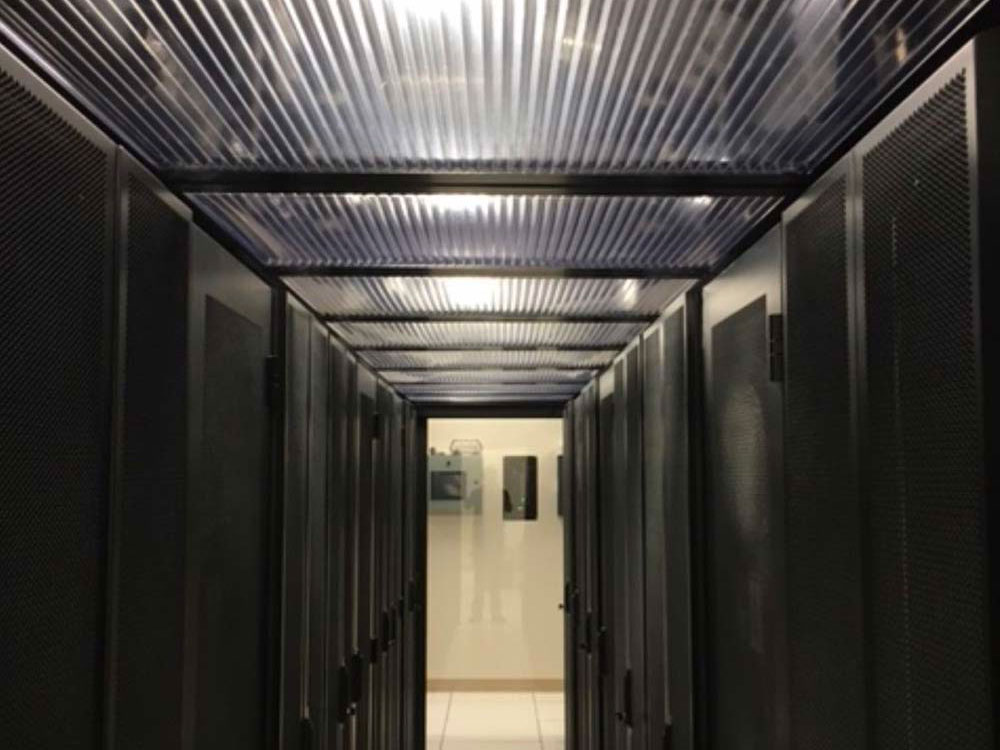Why Thermal Drop-Away Ceiling Panels are Essential to Fire Suppression in Data Centers

Why Thermal Drop-Away Ceiling Panels are Essential to Fire Suppression in Data Centers
Understanding Fire Risks in Data Centers
As the nerve centers of modern information technology, data centers house a variety of critical equipment that helps our digital world to function seamlessly. However, while they have undeniable advantages, data centers also harbor unique fire risks that demand your attention. The combination of high-energy equipment, extensive cabling, and the constant demand for uninterrupted operation makes these facilities vulnerable to fires that can have catastrophic consequences.
The Nature of Data Center Fire Risks
Unlike traditional office spaces or residential buildings, data centers house a complex combination of electronic devices, servers, networking equipment, and power distribution systems. When they’re all working together, these components generate significant heat as they process and store vast amounts of data, which can create an environment prone to overheating and electrical faults. Plus, the presence of flammable materials, like cables, insulation, and even dust, adds another layer of risk.
Consequences of Fires in Data Centers
Fires in data centers can lead to a cascade of devastating effects. The most immediate concern is data loss. The loss of valuable information can disrupt businesses, cause financial losses, and compromise customer trust. Downtime resulting from fires can also lead to a loss of revenue, as businesses are unable to access critical systems and applications. Furthermore, the reputational damage resulting from service disruptions can have long-lasting implications.
Fires in data centers can be the domino that leads to devastating effects, with the first concern being loss of data. The destruction of valuable information can disrupt businesses, cause financial losses, and lose customer trust. Downtime from the fire can also lead to a loss of revenue, since businesses are unable to access critical systems and applications. Based on these consequences, the reputational damage resulting from service disruptions can have long-lasting implications.
Role of Fire Suppression Systems
Since fire can be devastating to data centers, data center fire suppression systems are essential. Typical fire suppression methods, like water-based sprinkler systems, are not appropriate for data centers, since the water will damage sensitive equipment. This is where specialized data center fire suppression systems, like those incorporating thermal drop-away ceiling panels, play a crucial role.
Thermal drop-away ceiling panels act as a first line of defense against fires in data centers. Strategically installed within the ceiling grid, thermal drop-away ceiling panels are designed to respond to rising temperatures. As the temperature of these panels rises and reaches a certain threshold, the panels release and discharge fire suppression agents onto the fire source, snuffing out the fire before it can spread.
What Are Thermal Drop-Away Ceiling Panels?
As a vital component within a data center fire suppression system, fire-resistant, thermal panels detect and mitigate fires in sensitive environments like control rooms. These drop-away panels react to elevated temperatures and provide an innovative and effective way to detect and suppress a fire.
Construction and Functionality
Thermal drop-away ceiling panels use specialized materials sensitive to heat. The panels are strategically placed into the ceiling grid of a facility, often close to critical equipment and areas prone to fire risks. The panels remain in place under normal operating conditions, allowing the ceiling to function as intended.
Activation Mechanism
When a fire takes place near the thermal drop-away ceiling panels, the temperature in the affected area rises rapidly. Once the temperature reaches or exceeds a particular threshold, the materials undergo a phase change, causing them to weaken or disintegrate. This then triggers the panels to release or drop away from their original position.
Deployment of Suppression Agents
Once the drop-away panels have been released, the data center fire suppression system activates, releasing fire suppressants, like gases or other agents, directly onto the source of the fire. The system targets the fire swiftly and minimizes its potential to spread and lead to further damage.
Advantages of Thermal Drop-Away Ceiling Panels
Thermal drop-away ceiling panels offer several distinct advantages, particularly in environments where rapid and effective fire response is critical, such as data centers. These fire-resistant panels contribute to increased safety, reduced damage, and minimal downtime. Here are more key advantages:
Rapid Response
Drop-away panels offer an early response feature that detects fires in their earliest stages and launches fire suppression immediately.
Minimized Damage
By targeting the fire source, the drop-away panels reduce the damage to important data center equipment, structures, and data.
Compatibility
Fire-resistant panels connect to many data center fire suppression systems, boosting their overall effectiveness.
Reduced Maintenance
Once the drop-away panels are installed, they require minimal attention, which makes them a cost-effective solution for data center fire suppression.
Contact Cool Shield
For more information or to receive a quick quote on framed panels, strip curtains, hot aisle or cold aisle containment, contact Cool Shield today.
Contact Information:
866-740-2121
DataCenterSales@armstrongceilings.com


